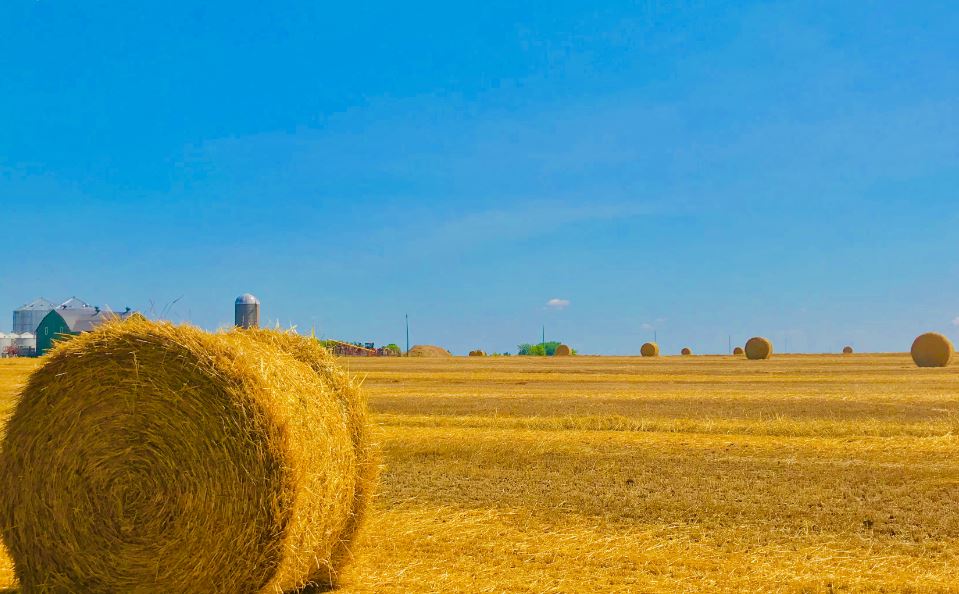Imagine a world where the sun never sets in summer, where each day brings warmth and sunshine without end. What would life be like if eternal summer became our new reality? Imagine a world bathed in perpetual sunshine. No more scraping ice off your car, no shivering in bulky winter coats, just endless days of warmth and balmy nights. Sounds idyllic, right? Well, buckle up, because an eternal summer might not be all beaches and barbecues.
What would be the Environmental Effects of Eternal Summer?
- Increased Heat: Imagine a world where the thermostat is perpetually stuck on “high.” Rising temperatures could wreak havoc on ecosystems. Coral reefs, sensitive to temperature changes, would bleach and die. Forests, tinder-dry from lack of rain, would be more susceptible to wildfires. Extreme weather events like heatwaves and droughts could become more frequent and severe.
- Water Scarcity: With constant heat comes increased evaporation, leading to drier soils and dwindling freshwater reserves. Agriculture, heavily reliant on water, would be significantly impacted. Rivers and lakes could shrink, jeopardizing aquatic life and posing challenges for drinking water supplies. Imagine a world where water restrictions become the norm, and conflicts over this precious resource escalate.
- Rising Sea Levels: The relentless warmth would accelerate the melting of polar ice caps and glaciers. This would cause sea levels to rise, inundating coastal regions and displacing millions of people. Low-lying island nations could face complete submersion, becoming a stark reminder of the consequences of a disrupted climate.
What would Life be like in an Eternal Summer?
- Agricultural Shifts: Farming would have to undergo a major transformation. Crops that thrive in cooler temperatures might have to be replaced with heat-resistant varieties. We might see a rise in vertical farming and hydroponics, techniques that use less water and land but require significant energy input.
- Energy Consumption: As people crank up the AC to escape the scorching heat, energy demands would skyrocket. Fossil fuel reliance might increase to meet this demand, further exacerbating climate change issues. The need for sustainable and renewable energy sources like solar power would become even more critical.
- Health Concerns: Heat-related illnesses like heatstroke and dehydration would become more prevalent, especially for vulnerable populations like the elderly and children. Public health measures would need to adapt to address these risks, with increased awareness campaigns and improved healthcare infrastructure.
How Would We Adapt to the New Normal?
- Urban Planning: Cities would have to be redesigned to cope with the extreme heat. More green spaces, reflective surfaces, and sustainable architecture could help mitigate the urban heat island effect. Public transportation systems would need to be more efficient to reduce reliance on personal vehicles, further lowering heat emissions.
- Economic Changes: Some industries, like tourism and outdoor recreation in cooler climates, might struggle. However, others, like those focused on cooling technologies and heat-resistant crops, could see a boom. The global economy would have to adjust to a new climate reality, with winners and losers.
- Cultural Shifts: Our traditions, celebrations, and daily routines would likely evolve to accommodate the perpetual summer. Imagine holidays with beach barbecues instead of cozy fireplaces, or a shift in working hours to avoid the hottest part of the day. New cultural norms and social practices would emerge in a world bathed in constant sunshine.
How Would We Cope with the Extreme Heat?
- Staying Hydrated: Water would become even more crucial for maintaining health. Public awareness campaigns and readily available hydration sources would be essential to prevent dehydration, especially for those working outdoors.
- Sun Protection: Sunscreen, hats, and protective clothing would become everyday necessities. Education about sun safety would be paramount to prevent skin cancer and other health issues related to overexposure to UV rays.
- Cooling Techniques: Utilizing fans, air conditioning, and staying in the shade would be essential for mitigating the effects of continuous heat. Passive cooling techniques like strategically placed trees and water features could offer a more sustainable approach in some regions.
The Silver Lining: Embracing the Sunshine
- Outdoor Activities: With year-round sunshine, outdoor activities like hiking, swimming, and enjoying nature would be possible all year long. This could lead to a more active and healthy lifestyle for many people.
- Boost to Solar Energy: The abundance of sunlight could significantly increase solar energy production. This shift towards renewable energy sources would be crucial for combating climate change and ensuring a sustainable future.
- Community Bonding: Shared experiences of adapting to perpetual summer could strengthen community ties. People might come together to find creative solutions to cope with the heat, fostering a sense of collaboration and togetherness.
Our planet thrives on variety, and the seasonal changes are a vital part of that. Winter’s chill allows for a period of dormancy and renewal, while spring brings new life and growth. Summer’s warmth provides ideal conditions for many plants and animals to flourish, and autumn offers a harvest bounty. While an eternal summer might have some perks, it would likely disrupt the delicate balance of our ecosystem and way of life, the same way an eternal winter might affect us. Maybe we should appreciate the beauty of all four seasons, from the cozy comfort of winter with a crackling fireplace to the vibrant energy of summer spent swimming in cool lakes or exploring lush forests.
This thought experiment highlights the importance of a stable climate. By understanding the potential consequences of a world stuck in one extreme, we can become better stewards of our planet and strive for a future with sustainable, balanced seasons. After all, a world painted in only shades of summer might look beautiful on the surface, but it wouldn’t be very sustainable in the long run.






